Kartik Purnima – History, Mythological Significance & Celebrations Across India
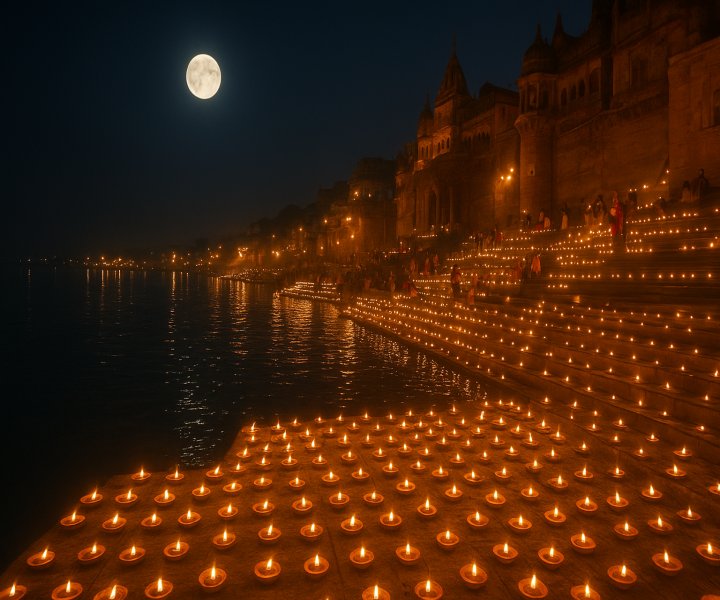
Kartik Purnima – The Sacred Full Moon of Light and Faith
Kartik Purnima, celebrated on the full moon day of the Hindu month of Kartik (October–November), is one of the most sacred and spiritually charged days in the Hindu calendar.
Also known as Dev Deepawali, this festival signifies the victory of light over darkness, knowledge over ignorance, and devotion over ego.
It marks the end of the holy month of Kartik — considered the most auspicious month for worship, charity (daan), and seva.
History and Mythological Importance of Kartik Purnima
The origins of Kartik Purnima are deeply rooted in ancient scriptures such as the Skanda Purana, Padma Purana, and Mahabharata. These texts glorify the day as a time when divine victories and sacred births occurred, bringing cosmic harmony to the world.
1. The Victory of Lord Shiva – Tripurari Purnima
According to legend, the three demon brothers — Tripurasuras — created chaos across the universe. Lord Shiva, riding his divine chariot, destroyed their triple cities (Tripuras) with a single arrow.
This celestial event symbolizes the destruction of evil and ignorance, and hence the day is known as Tripurari Purnima.
“On this night, the light of Shiva’s truth dispelled the darkness of illusion.”
2. The Birth of Lord Kartikeya
Kartik Purnima is also believed to mark the birth of Lord Kartikeya, the son of Lord Shiva and Goddess Parvati, born to defeat the demon Tarakasura.
Devotees worship Kartikeya, also called Murugan or Subramanya, seeking victory, courage, and righteousness in life.
3. The Day of Dev Deepawali – When Gods Descend to Earth
It is said that after Lord Shiva’s victory, the Devas (gods) celebrated by lighting countless lamps in heaven.
To honor that event, devotees on Earth illuminate lamps along riverbanks — especially on the ghats of Varanasi — making it a night of divine brilliance.
This is why Kartik Purnima is celebrated as Dev Deepawali, the “Festival of Lights of the Gods.”
4. Lord Vishnu’s Matsya Avatar
According to the Vaishnava Purana, on this day, Lord Vishnu appeared as Matsya (the fish incarnation) to save the sacred Vedas from the demon Hayagriva.
Thus, Kartik Purnima also signifies the preservation of divine knowledge and the triumph of truth.
5. Kartik Snan, Deep Daan, and Charity
Taking a holy dip (Kartik Snan) in rivers like Ganga, Yamuna, or Godavari during the early morning hours of Kartik Purnima is said to purify body and soul.
Lighting lamps (Deep Daan) and performing Anna Daan, Gau Seva, or Mandir Daan on this day bring eternal blessings.
“Charity done on Kartik Purnima equals the merit of thousands of yajnas.”
Different Forms of Kartik Purnima Celebrations Across India
The beauty of Kartik Purnima lies in its unity in diversity — it is celebrated with devotion in various forms across India, each rooted in regional traditions and faiths.
1. Dev Deepawali – The Diwali of the Gods (Varanasi, Uttar Pradesh)
In Kashi (Varanasi), Kartik Purnima transforms the ghats of River Ganga into a spectacle of light.
Millions of diyas are lit, priests perform grand Ganga Aartis, and the river reflects the celestial glow of faith.
Devotees believe that on this night, the Devas descend to take a holy dip, blessing all who witness the sacred sight.
2. Tripuri Purnima – The Festival of Shiva (Maharashtra & Gujarat)
In western India, the festival is known as Tripuri Purnima, celebrating Lord Shiva’s destruction of the demon Tripurasura.
Devotees visit Shiva temples, perform Rudra Abhishek, and organize Deepotsav processions.
The lighting of lamps in homes and temples represents the illumination of truth and the destruction of ego.
3. Guru Nanak Jayanti – The Birth of Guru Nanak Dev Ji (Punjab)
In Sikh tradition, Kartik Purnima coincides with Guru Nanak Jayanti, marking the birth of the first Sikh Guru.
Devotees engage in Nagar Kirtans, recite hymns, and serve Langar Seva (community meals) — embodying the true spirit of equality and compassion.
4. Pushkar Fair – Holy Bath at Brahma Temple (Rajasthan)
The world-famous Pushkar Fair culminates on Kartik Purnima with a holy dip in Pushkar Lake.
Thousands of pilgrims visit the Brahma Temple — one of the only temples dedicated to Lord Brahma — to seek blessings for prosperity and spiritual peace.
5. Thirukarthigai Deepam – The Flame of Shiva (Tamil Nadu)
In South India, particularly Tamil Nadu, Kartik Purnima is celebrated as Thirukarthigai Deepam.
A massive flame is lit atop Arunachala Hill in Tiruvannamalai, representing Lord Shiva as the eternal light of creation.
Devotees decorate homes with lamps, perform Vishnu and Murugan pujas, and fast for spiritual growth.
6. Boita Bandana – Maritime Festival of Odisha
In Odisha, Kartik Purnima is observed as Boita Bandana, celebrating the seafaring heritage of ancient Odia traders who sailed to Java, Sumatra, and Bali.
People float miniature boats made of paper, banana bark, or cork in rivers and ponds, praying for peace and prosperity. It beautifully blends history, culture, and spirituality.
7. Gau Seva and Anna Daan Nationwide
Temples and foundations, such as Shri Ram Temple Kamarpal under Suma Blessings Foundation, organize donation drives for temple construction, cow welfare (Gau Seva), and food distribution (Anna Daan).
These acts of kindness reflect the true purpose of Kartik Purnima — spreading light through seva and compassion.
The Essence of Kartik Purnima
Kartik Purnima is more than a festival — it’s a journey of the soul toward light.
From the flickering lamps of Varanasi to the glowing hill of Arunachala, from the hymns of Punjab to the boats of Odisha, every form of celebration carries one message:
“Where there is light, there is divinity. Where there is giving, there is God.”
By offering prayers, performing seva, or donating for sacred causes like Shri Ram Temple Kamarpal, Gau Seva, and Anna Daan, devotees not only honor tradition but also nurture their spiritual growth.
Disclaimer: The remedies, benefits, advice, and statements mentioned in this article are for general information purposes only. Shri Ram Temple Kamarpal and Suma Blessings Foundation do not endorse the content presented in this article. The information contained herein has been gathered from various sources, including astrologers, panchangs, sermons, beliefs, religious texts, and legends. Readers are advised not to regard this article as the ultimate truth or claim and to exercise their own discretion. Shri Ram Temple Kamarpal and Suma Blessings Foundation oppose superstition.
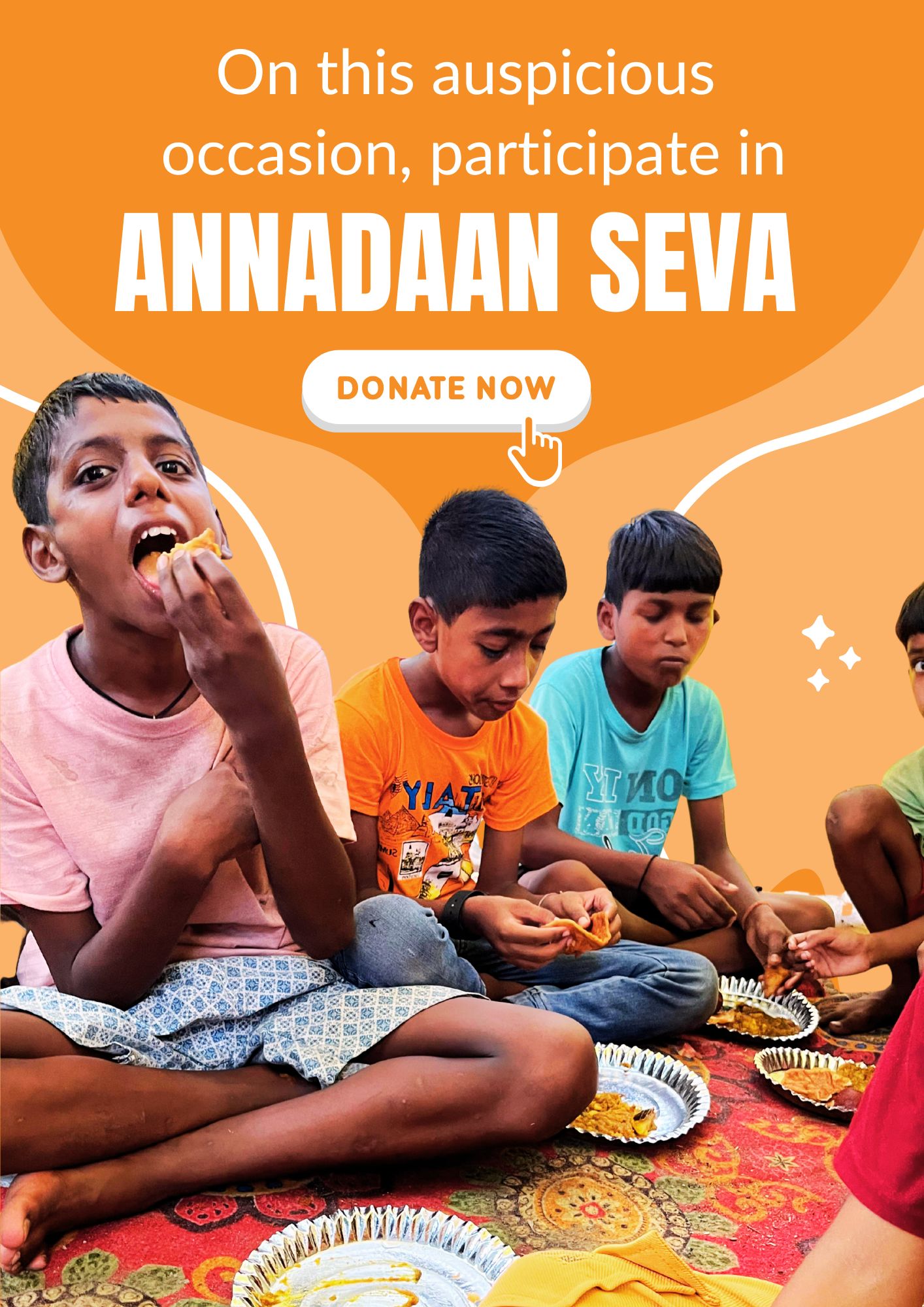
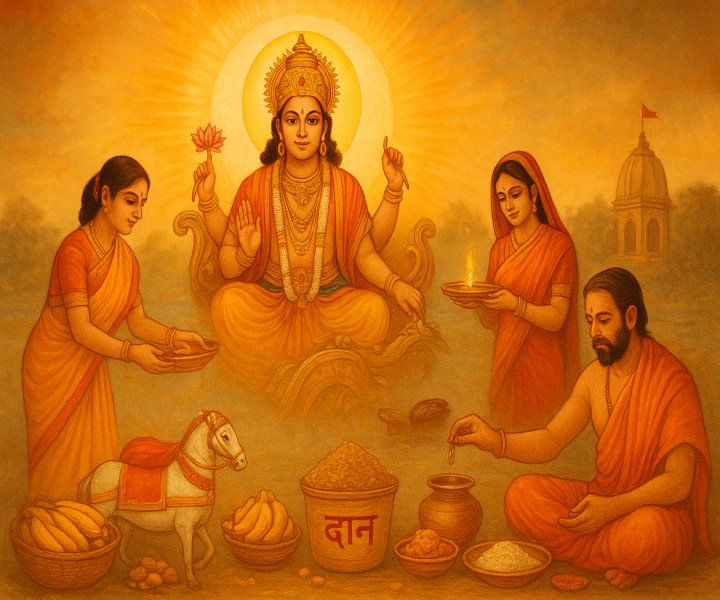
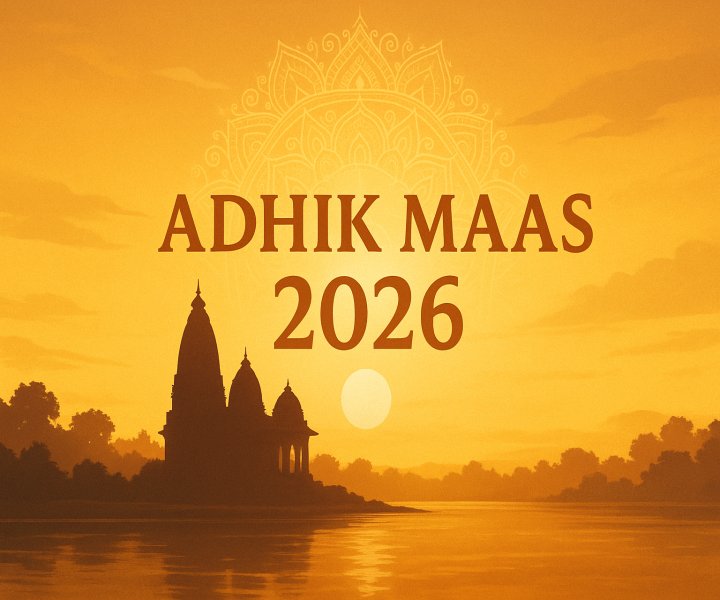
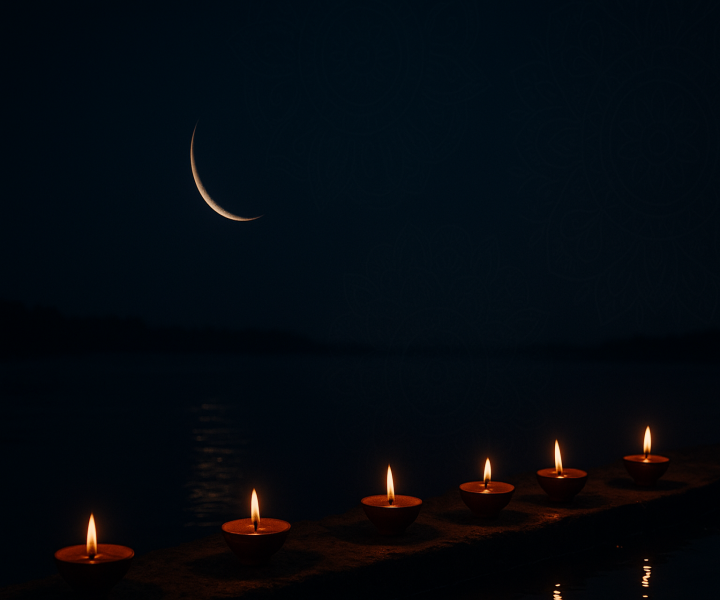
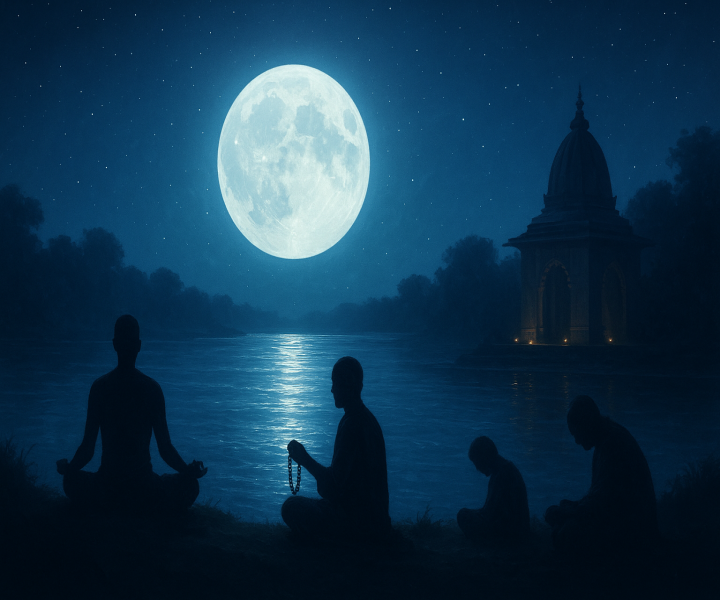
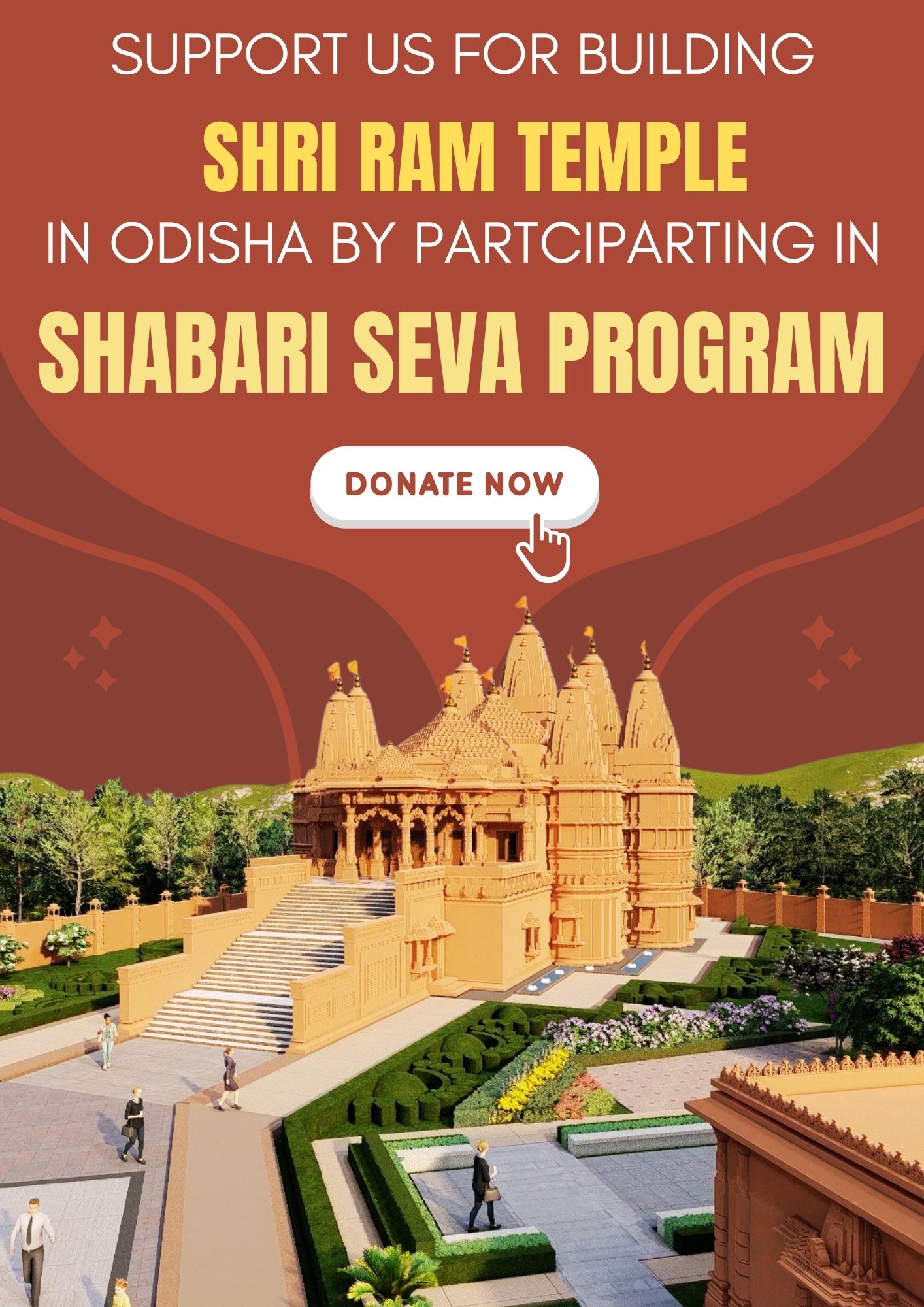

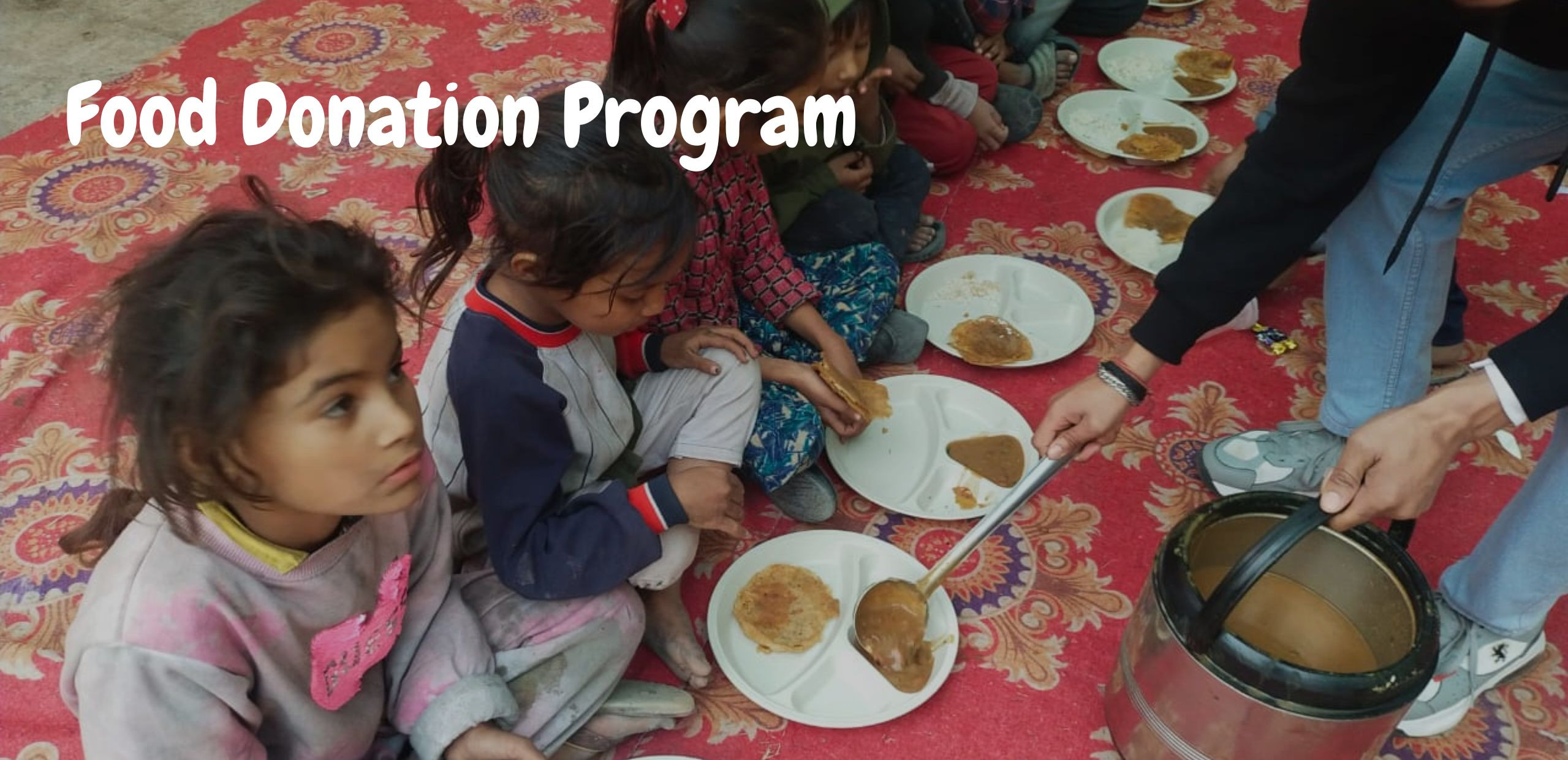
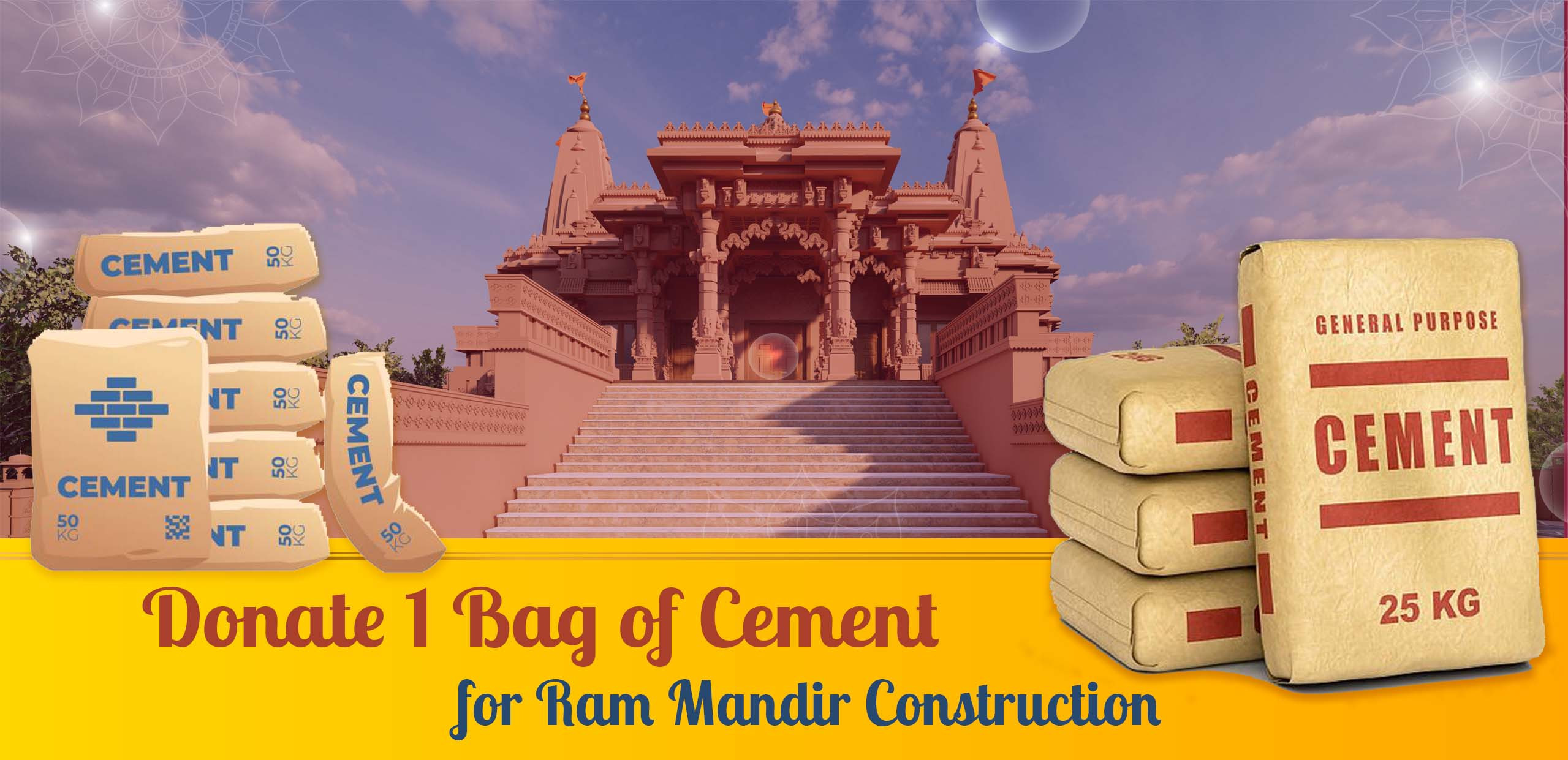

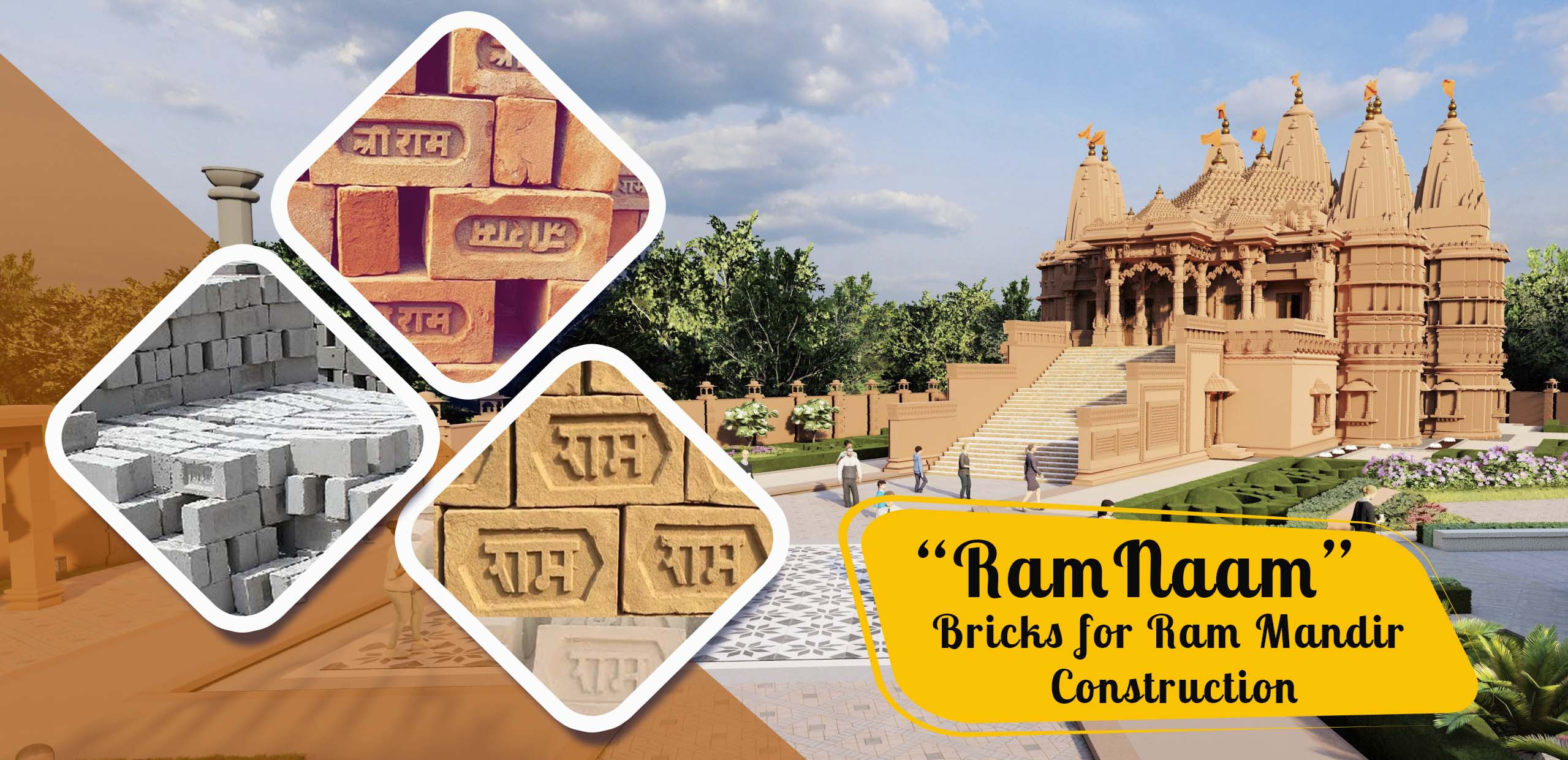
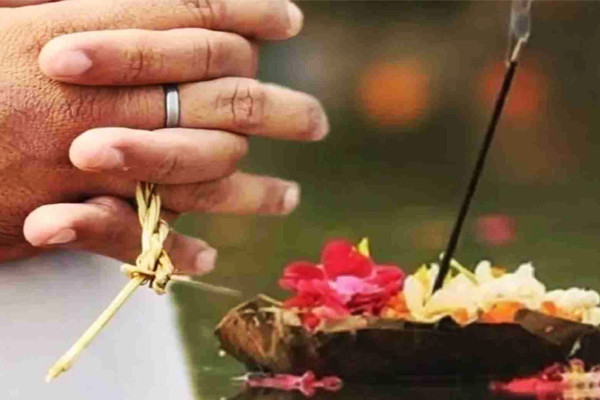

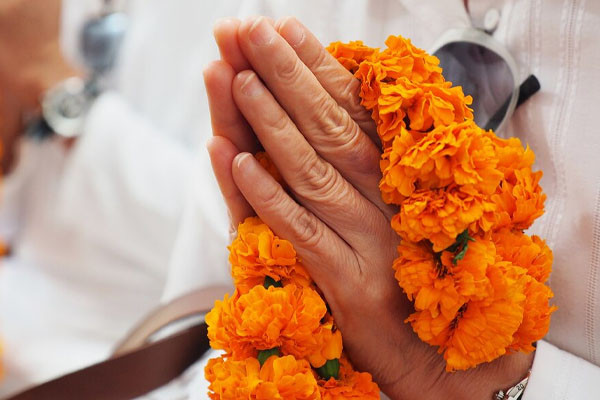


0 comments
No Comment Have been Posted Yet